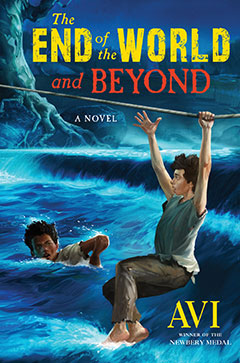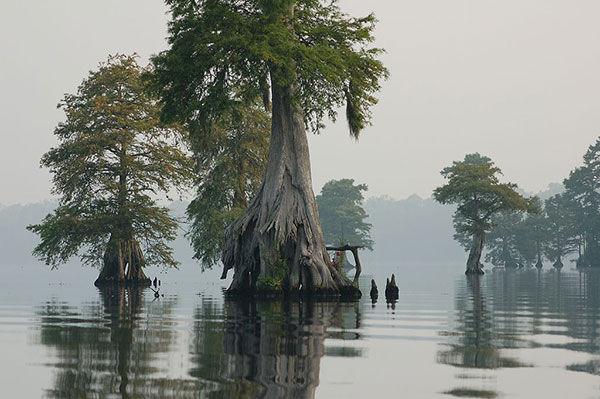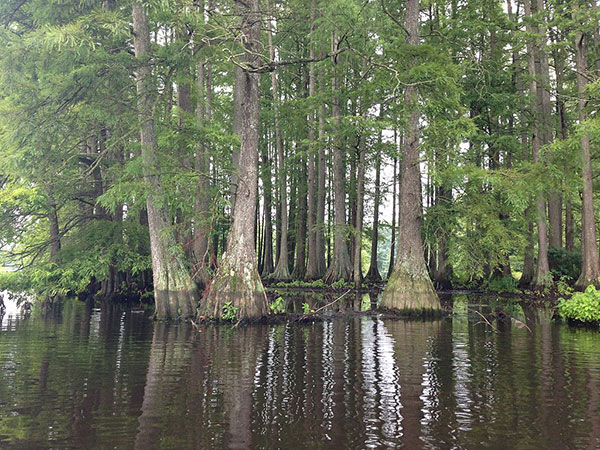 There are times when researching a book it becomes necessary to go to the places where your characters live and struggle. Going to England and France very much helped me write the first two Crispin books, particularly the second. Being in San Francisco, and on the island of Alcatraz, allowed me to write next year’s book, Rotten Row. To write The True Confessions of Charlotte Doyle, I stood (and sailed) on grand sailing ships. Most recently I was in Venice, Italy, which is the setting for a work-in-progress.
There are times when researching a book it becomes necessary to go to the places where your characters live and struggle. Going to England and France very much helped me write the first two Crispin books, particularly the second. Being in San Francisco, and on the island of Alcatraz, allowed me to write next year’s book, Rotten Row. To write The True Confessions of Charlotte Doyle, I stood (and sailed) on grand sailing ships. Most recently I was in Venice, Italy, which is the setting for a work-in-progress.
My most recent book, The End of the World and Beyond, required a trip to Maryland. I wanted to see the city of Annapolis, whose hills are an aspect of the story. I also wanted to visit a swamp, swamps being the “beyond,” part of the book.
There was a time when the United States had great land masses of swamp. Most have been drained, and built over, a process that began in the 18th century. The Great Dismal Swamp National Wildlife Refuge (great name!) is perhaps the largest, and most famous one remaining. It straddles the border of Virginia and North Carolina.

Being near Annapolis, I visited the Great Cypress Swamp, in Calvert County, Maryland. There are any number of books about swamps, with quite wonderful photos. But being in the Great Cypress Swamp was a vital experience. I could not have written that section of the book without having gone there.
In truth it was a strange place. Beyond all else, the swamp was green. Green ground. Green foliage. Green trees. Green air. It is also wet. That green air is humid. Random creeks trickle. Underfoot mud bubbles. Mud is everywhere. “Do not venture off the path,” are the warnings. Yes, quicksand.

Cypress trees are—to my eyes—strange, their dangling, visible roots are like multiple fingers reaching into the mud. The same roots, poking out into the air from the water, looking like stalagmites. And there are sounds, too; unseen birds, and sounds of who knows what—I certainly didn’t see them, but they (snakes, raccoons, panthers or whatever) were there.
The important point for me—the novelist—is that in the 18th and 19th centuries, swamps were places where slaves escaped to hide so as to become free, as did enslaved felons, and indentured servants. There, they established secret communities, a key part of my story. They are only now being explored and understood.
When I was in the swamp it was easy to see why folks went there: they are all but impenetrable. But my young heroes, Bara and Oliver, had to get through one to a secret, free community, where liberty was promised.
My being in that swamp helped me follow them. Read the book and you can come along.
3 thoughts on “Traveling as Research”
We are visiting Annapolis at some point.…the swamp seems worth a trek, but surely not in warm weather. I love hearing about the “hands-on, boots-on the ground” research.
I loved reading this, Avi. I was lucky enough to have a small swamp behind my home when I was growing up. It remains one of my favorite places in the world.
You can tell which authors have experienced what they are writing about and those who haven’t.